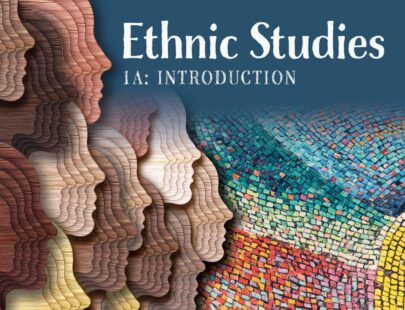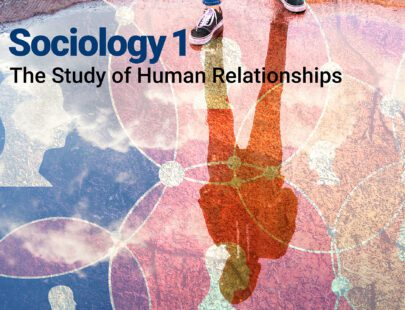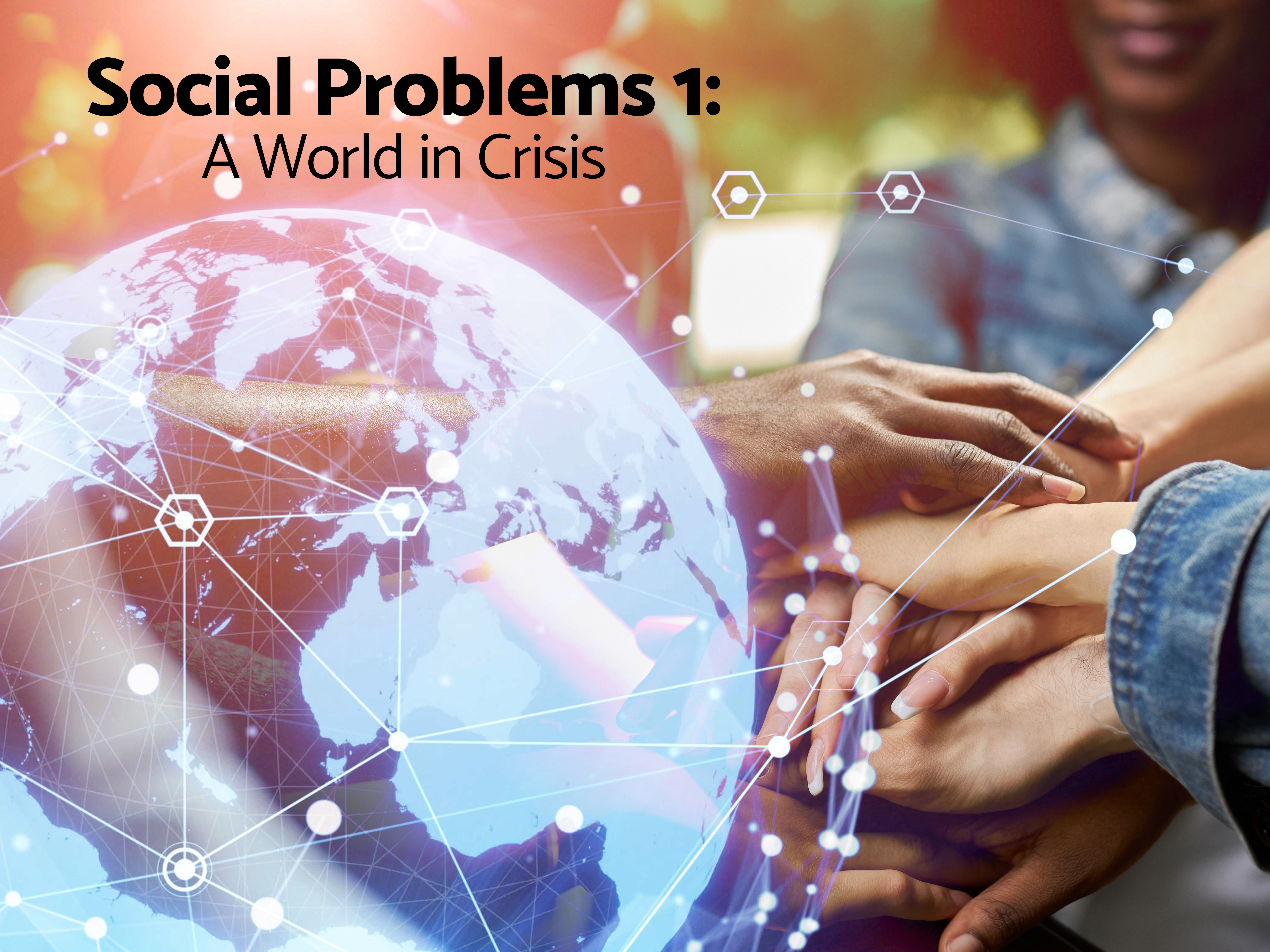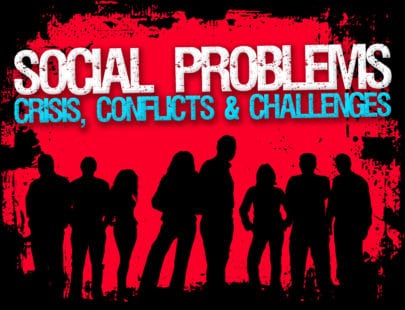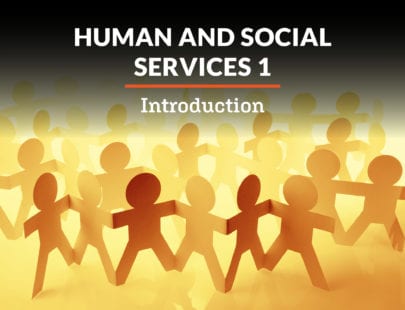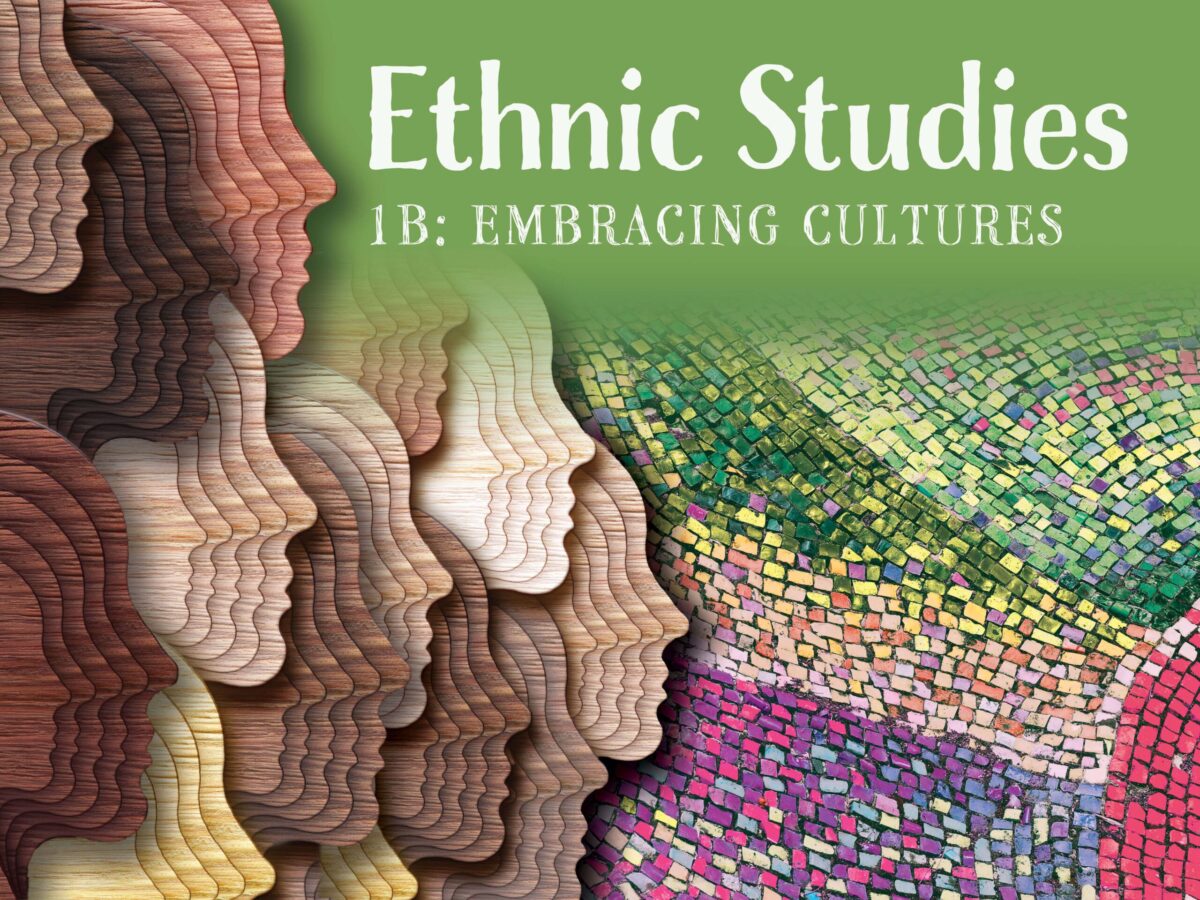
Ethnic Studies 1b: Embracing Cultures
You have studied the big picture of diverse cultures around you, but now it’s time to zoom in and investigate what ethnic studies means to the individual. In this course, you will explore how knowledge of different cultures shapes our views of ourselves, our communities, and the world around us. You will examine the reasons for and outcomes of people moving place to place, mitigation and healing of intergenerational trauma, social movements, alternative futures for marginalized groups, and more. Let’s work to develop a deeper understanding of ethnic studies for ourselves and our peers.
Units at a Glance
Unit 1: Reimagining Ethnic Studies
You now have a solid foundation in the concepts, vocabulary, communities, and history that form the basis of the discipline of Ethnic Studies. Going forward, we will be looking at what this all means for each of us as individuals. How does this knowledge shape our views of ourselves, our communities, and the world around us? Does it change the way we see things? Does it make us want to do anything differently? What does it mean for our futures in the workplace and in society?
What will you learn in this unit?
- Understand how Ethnic Studies might be applied in everyday life
- Summarize five real-world issues you’ll be learning about in this course
- Recognize the way your own identity and experiences inform your learning
- Describe examples of affirming narratives in your own life
Unit 2: Moving Around and Fitting In
Throughout history people have moved from place to place for various reasons. Relocations of many types continue today as well. The reasons behind these journeys, and the outcomes that result from them, are varied and impactful—far more so than might be seen at first glance. Let’s take a look at who moves, how come, and what happens as a result. The motivations and outcomes might be very different than you think.
What will you learn in this unit?
- Distinguish between various types of migration and their causes
- Identify aspects of governmental decision-making that affect migrant admissions to the United States
- Explain locations, attributes, and impacts of various types of global economies
- Describe how the Six Essential Elements of geography might relate to the migration experience
- Compare and contrast assimilation and acculturation
Unit 3: Intergenerational Trauma and Community Healing
What happened to our ancestors affects us, in both positive and negative ways. It goes beyond just the family stories we hear at get-togethers. Some people even believe that what our ancestors lived through lives on within us, wrapped up inside the DNA of our own cells. Some of these lived experiences make us strong and resourceful, but some have harmed us in ways we can’t even always identify. How can we learn more about the legacies we’ve received from our ancestors, and specifically how can we build a deeper understanding of what these legacies mean for groups and individuals who belong to marginalized communities?
What will you learn in this unit?
- Identify and define key terms related to the unit content including trauma, protective factors, risk factors, avoidance behaviors, and trauma responses
- Differentiate between various types of trauma including their causes
- Explain two theoretical causes of intergenerational trauma
- Describe the various impacts of trauma on marginalized communities
- Give examples of culturally-specific approaches to healing trauma in marginalized communities
Unit 4: Different Identities, Different Experiences
There’s one version of history that was recorded in the books and taught in schools for a long time. Recently, we’ve begun to see this shift and expand in different ways to include…more. It’s not NEW information that’s been created and shared only recently, but it’s MORE of the original events, perspectives, and points of view. What happens when our take on history starts to change, from the inside out? Narratives, and along with that, power, can be slow to shift, but when they do shift some really significant things can happen. Just because changes start to take place, and more versions of the past begin to emerge, doesn’t mean that there’s no need for further progress to take place. Let’s take a look at the way the resistance and resulting progress of various marginalized groups have led to some interpretations and recollections shifting and expanding with time. This will also help us examine more subtle ways that opportunities for more progress might be hiding right before our very eyes.
What will you learn in this unit?
- Define power and oppression, including how they are different
- Describe how different forms of governments and economies act in relationship to those ruled
- Explain different forms of power and distinguish the concept as a whole from privilege
- Give examples of how food security or insecurity is a manifestation of power or oppression or both
Unit 5: Resource Access and Insecurity
What does it mean to have enough of something? For some people, this is not a question they spend a lot of time considering. For others, it drives many of their decisions throughout most days. Lots of folks are somewhere in between. Having access to sufficient resources—or safe resources, or the type of resources you want, or resources that feel relevant to you—is a factor that marginalized groups often find themselves contending with more than members of dominant groups. In this unit, we will look at both historical and present-day factors that contribute to this.
What will you learn in this unit?
- Explain why President Franklin D. Roosevelt and The New Deal were different from what came before
- Make connections between events and policies of The New Deal era and issues related to Ethnic Studies today
- Identify positive and negative ways each of the marginalized groups was affected by elements of The New Deal
- Make connections between events and policies of The Great Society era and issues related to Ethnic Studies today
- Describe ways in which decisions of the Supreme Court of the United States affect issues related to Ethnic Studies today
Unit 6: Social Movements as a Tool for Social Change
Protests, resistance, social movements—these are all different terms that describe attempts to bring change. People of all ages and throughout history have participated, in large and small ways. Some of these ways have been visible and well-documented. Others may have gone nearly unnoticed. Yet the goal is always to make things somehow different than they were before. Marginalized communities are just some of the groups that have participated in social movements.
What will you learn in this unit?
- Summarize the foundational elements of social movements, including protests
- Identify historical and social components of the women’s suffrage movement
- Distinguish between unique communities that played various roles in the anti-communist movement
- Describe sub-factions within the second-wave feminist movement
- Discern the factors that contributed to public opinion surrounding the anti-Vietnam War movement
- Explain the motivation behind activism for more than one cause
Unit 7: Looking Back, Looking Forward
Throughout much of this course, we have been looking at marginalized communities through the lens of dominant culture knowledge and history. In this unit, we will take a look at the past and the future of each group centered within the discipline of Ethnic Studies from their own points of view. What are some examples of affirming narratives that play a role for each group? And what are the visions, hopes, and plans they have for their futures?
What will you learn in this unit?
- Explain what affirming narratives are and why they are important
- Create a sample message that contains all four elements determined to be most effective and impactful when communicating about issues related to the American Indian/Native American/Indigenous community
- Describe the relevance of specific elements within the American Latino Bill of Rights to the Latinx/Hispanic/Chicano community
- Propose detailed solutions to issues facing the Black community related to access to culturally-relevant healthcare providers
- Imagine possible community-based solutions to some of the issues reported by members of the Asian community related to identity, perception, and belonging
Unit 8: Ethnic Studies Beyond High School
In 2017, the Institute for the Future published a report in conjunction with Dell Technologies that included a surprising forecast for students: of all the jobs projected for 2030, only 15 percent already existed. The rest, 85 percent, had not even been created yet.[1] Some of those jobs are related to technology and some to fields as of yet undeveloped and unnamed. Additionally, a number of them are related to understanding and meeting the needs of historically underserved and marginalized communities, such as the ones we’ve discussed throughout this Ethnic Studies course. Wait, what? This is actually a career readiness class? In many ways yes, but it’s also so much more than that. Having a background in Ethnic Studies prepares you for far more than just the workplace. It may play a role in decisions you make between now and the start of your professional life as far as what and where you study or work or how you choose to give back to your community. Read on to learn more and start envisioning the role Ethnic Studies might play in your future.
What will you learn in this unit?
- Explain how enrolling in an Ethnic Studies course at the high school level provides benefits for students
- Describe the evolution of diversity-related initiatives in the workplace over time
- Give examples of the various opportunities to pursue Ethnic Studies learning at the post-secondary level
- Identify the value that being an individual knowledgeable in Ethnic Studies brings to employers
Required Materials
Coming Soon!
